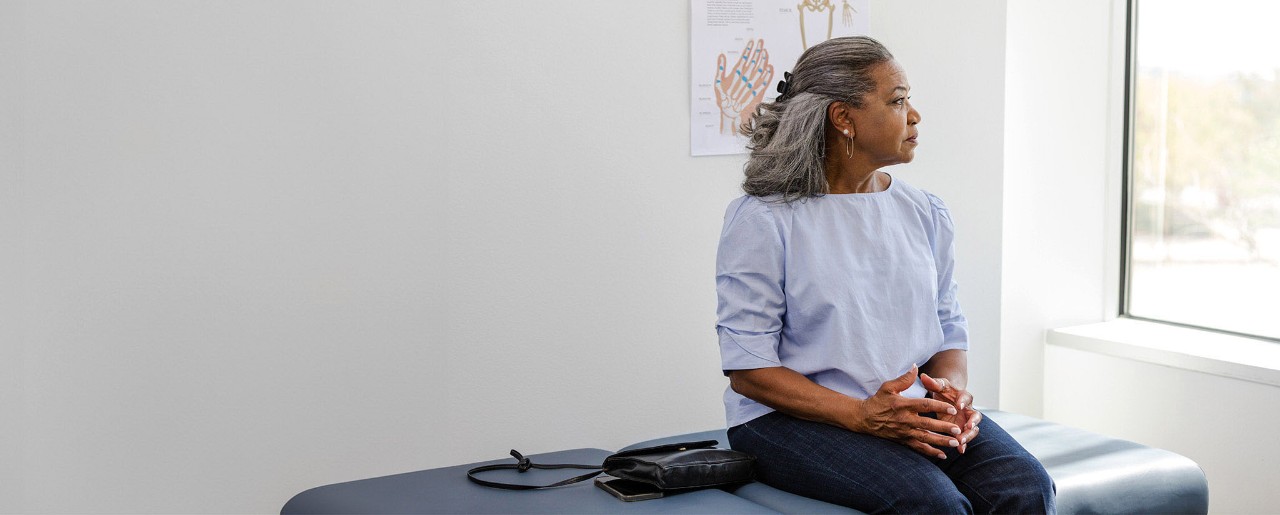Let’s start the conversation about pelvic floor disorders
Did you know pelvic floor disorders affect millions of women just like you? You may feel like no one is talking about it, but that doesn’t mean that no one is experiencing it. Here’s what every woman should know about pelvic health.
1 in 2
1 in 2 women experience involuntary leakage of urine1
85%
~85% of those who reported bladder leakage are women2,3
Learn more about pelvic floor disorders

What is urinary incontinence?
Urinary incontinence, also known as bladder leakage, is the loss of bladder control or the involuntary loss of urine. This can turn a laughing fit or fun workout into a stressful and potentially uncomfortable situation.

What is pelvic organ prolapse?
When a pelvic organ becomes displaced or slips down in the vagina, it is referred to as a prolapse. You may have heard women refer to their “dropped bladder” or “fallen uterus."
Explore patient stories
Meet real patients who regained control of their lives after bladder leakage.
“Instead of participating in the sports, I became the photographer.”
Meet Renay and other women like her, who have shared this struggle before fighting back and regaining control of their lives.
Results from case studies are not necessarily predictive of results in other cases. Results in other cases may vary.
Boston Scientific is committed to bringing more hope, more health, and more life to women around the world. Learn about Boston Scientific's commitment to women's health
References
- Patel UJ, Godecker AL, Giles DL, Brown HW. Updated prevalence of urinary incontinence in women: 2015–2018 national population-based survey data. Female Pelvic Med Reconstr Surg. 2022;28:181–187.
- Bedretdinova D, Fritel X, Zins M, Ringa V. The Effect of Urinary Incontinence on Health-related Quality of Life: Is It Similar in Men and Women? Urology. 2016 May;91:83–9. doi: 10.1016/j.urology.2015.12.034. Epub 2016 Jan 28. PMID: 26827846.
- Illinois Department of Public Health website. Facts about Incontinence. https://dph.illinois.gov/topics-services/diseases-and-conditions/diseases-a-z-list/incontinence.html. Accessed October 25, 2023.

